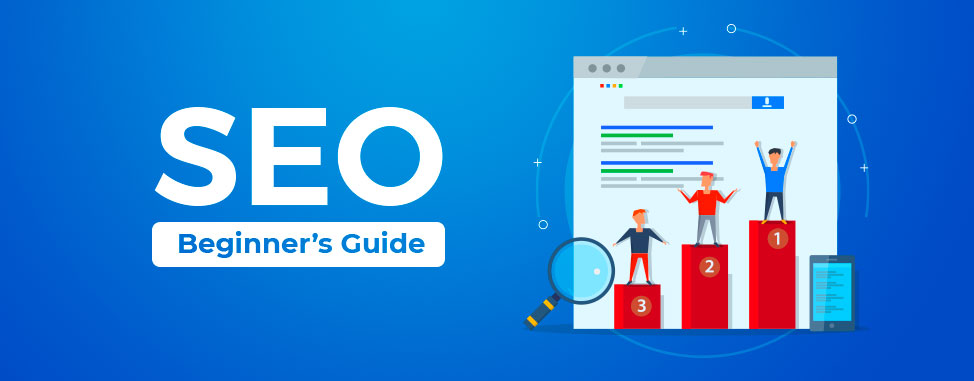The Ultimate Guide to SEO: What It Is and Why It Matters in 2025
In today’s digital-first world, having a website is only the beginning of building an online presence. To truly stand out, your site must be discoverable. That’s where Search Engine Optimization (SEO) comes in.
Whether you’re a business owner, blogger, or digital marketer, understanding SEO is essential to drive organic traffic, improve visibility, and ultimately grow your brand online.
What Is SEO
SEO (Search Engine Optimization) is the practice of optimizing your website to rank higher in search engine results pages (SERPs) for relevant keywords and phrases. The higher your site ranks, the more likely people are to visit it.
SEO involves a mix of technical, on-page, and off-page strategies aimed at making your content more appealing to both search engines and users.
Why Is SEO Important?
- Increased Visibility & Traffic: Over 90% of online experiences begin with a search engine. A strong SEO strategy ensures your site appears when people search for information, products, or services you offer.
- Credibility & Trust: High-ranking sites are perceived as more credible. Users tend to trust search engines and associate top rankings with authority.
- Better ROI Than Paid Ads: SEO attracts organic traffic, meaning you don’t pay for every click. While SEO takes time to show results, its long-term benefits often outweigh those of paid campaigns.
- Improved User Experience: Good SEO also means a better site structure, faster loading times, and mobile-friendliness — all factors that improve user satisfaction.
Key Components of SEO
1. On-Page SEO
This refers to optimizing individual web pages to rank better and earn more traffic. It includes:
- Keyword Research: Identifying words and phrases people use to search for your content.
- Meta Tags: Title tags and meta descriptions that accurately summarize your page.
- Content Quality: Creating useful, engaging, and keyword-optimized content.
- Header Tags: Using H1, H2, H3 tags to organize content hierarchically.
2. Technical SEO
These are backend optimizations that help search engines crawl and index your site more effectively.
- Site Speed: Fast-loading pages reduce bounce rates.
- Mobile Optimization: Google uses mobile-first indexing.
- Sitemap & Robots.txt: Help search engines understand your site’s structure.
- Secure Connection (HTTPS): Secure sites get preference in rankings.
3. Off-Page SEO
This involves activities outside your website that impact your ranking.
- Backlinks: Getting links from reputable sites boosts your site’s authority.
- Social Signals: While not a direct ranking factor, strong social media presence can drive traffic.
- Local SEO: Optimizing your site for location-based searches, crucial for local businesses.
SEO Best Practices in 2025
As search engine algorithms continue to evolve, here are some up-to-date best practices:
- Focus on E-E-A-T: Google values Experience, Expertise, Authoritativeness, and Trustworthiness.
- Optimize for Voice Search: Use natural language and answer-based content.
- Content Clusters & Topic Authority: Build topic authority by interlinking related content.
- AI-Driven SEO Tools: Use AI tools to analyze competitors, keywords, and content gaps.
- User Intent: Align content with the searcher’s goal—whether informational, navigational, or transactional.
Tools to Get Started
- Google Search Console – Tracks your site’s performance in Google search.
- Ahrefs / SEMrush / Moz – SEO tools for keyword research and competitor analysis.
- Yoast SEO (WordPress) – Helps optimize on-page SEO elements.
- Screaming Frog – Great for technical audits.
Conclusion
SEO isn’t a one-time task; it’s a continuous process of improvement and adaptation. As long as search engines remain the primary way people navigate the web, SEO will remain essential to digital success.
Invest the time and resources into a solid SEO strategy, and you’ll not only improve your site’s rankings but also enhance your brand’s visibility, credibility, and reach

